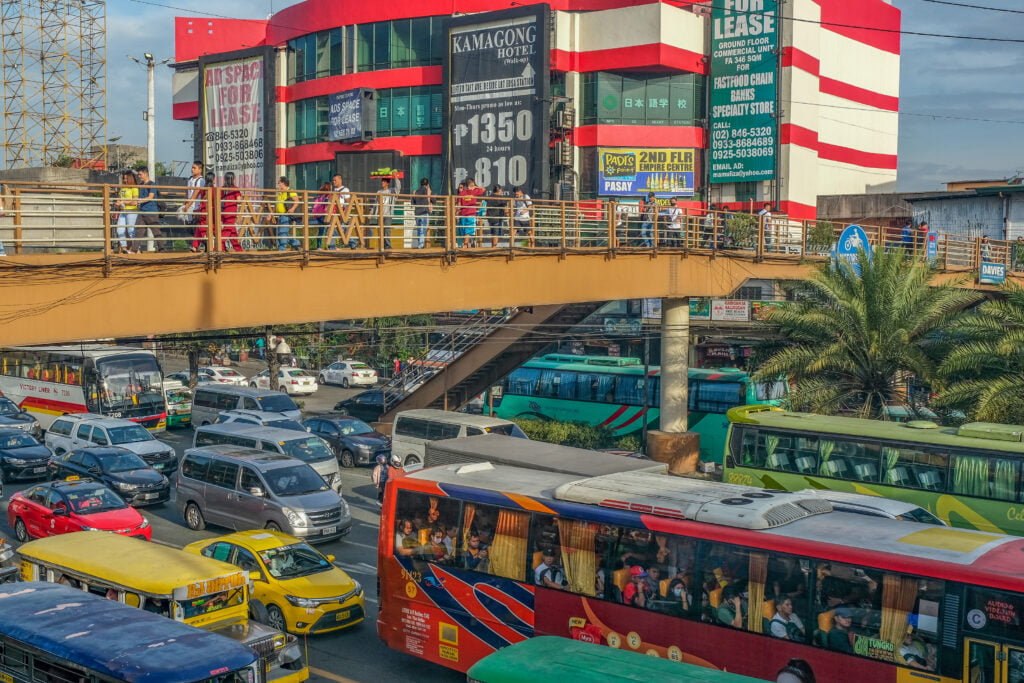Comprehending the Role of Transit Advertising in Enhancing Brand Exposure and Customer Interaction
Transportation advertising has become a crucial aspect in the advertising landscape, supplying one-of-a-kind possibilities for brand names to boost their visibility and engage consumers effectively. With the capacity to reach a captive and diverse audience during their day-to-day commutes, these marketing techniques are not merely about visibility; they have to do with producing purposeful connections with prospective consumers. As we discover the multifaceted advantages and ingenious strategies within transit marketing, it ends up being vital to take into consideration how these components jointly influence customer understanding and behavior, questioning regarding their long-term effect on brand name loyalty.
Definition of Transportation Advertising And Marketing
Transportation advertising and marketing refers to the method of advertising items, services, or brands through promotions placed in and around public transport systems. This form of marketing incorporates a range of positionings, including posters on buses and trains, digital screens at transportation terminals, and covers on the exterior of automobiles. It intends to get to a diverse audience, exploiting on the high foot website traffic connected with public transit.
Transportation marketing is tactically placed to record the focus of commuters, who typically invest substantial time traveling or waiting. By integrating ads right into the day-to-day routines of individuals, brand names can develop an enduring impression and foster brand name recognition. The medium is especially efficient in metropolitan settings, where mass transit is a key setting of travel.
In addition, transit advertising can promote local targeting, allowing organizations to reach specific demographics based upon transit routes and terminal locations. As urban populaces expand and using public transportation boosts, this advertising method has gotten prestige as an essential part of incorporated advertising methods. The dynamic nature of transit advertising, incorporated with its capacity to involve customers in a restricted setting, emphasizes its value in contemporary advertising methods.
Advantages of Transportation Advertising
The efficiency of transportation marketing lies in its ability to deliver a multitude of benefits to brand names seeking to boost exposure and interaction. One of the key advantages is the comprehensive reach it offers; transit advertisements can properly target varied demographics across metropolitan locations, getting to both pedestrians and travelers alike. This broad direct exposure considerably enhances brand name recognition.
One more benefit is the high frequency of perceptions. As transportation lorries take a trip along well established courses and stop at numerous areas, they produce repeated exposure that reinforces brand messages. This regularity cultivates familiarity, which is crucial in customer decision-making.
Transit advertising is additionally affordable contrasted to various other media systems. Offered its large reach and capacity for high perceptions, brands usually experience a lower cost per thousand impacts (CPM), maximizing their advertising and marketing budget.
Additionally, transit advertisements can develop a sense of community link. By aligning with neighborhood transit systems, brand names can reverberate with regional target markets and foster a sense of neighborhood satisfaction. This localized method boosts brand name commitment and involvement, making transportation marketing a compelling selection for services aiming to solidify their visibility on the market.

Effective Techniques for Transportation Projects
To make best use of the influence of transportation projects, brands should utilize strategic preparation and execution tailored to their target audience. First, recognizing the group characteristics of the audience making use of public transit is important. This enables brand names to develop tailored messaging that resonates with potential customers.
Next, choosing the appropriate transit mediums is essential. Whether making use of bus wraps, subway posters, or electronic displays, each medium has special benefits that can boost exposure. For example, vibrant visuals on bus wraps can stand out, while digital ads can be updated frequently to show prompt promotions.
Furthermore, incorporating a cohesive branding approach throughout transit platforms ensures uniformity and strengthens the brand's identity. Using remarkable taglines and eye-catching designs will certainly enhance brand name recall among travelers.
By employing these methods, brand names can properly harness the capacity of transportation advertising, cultivating greater understanding and connection with their target audience. Inevitably, a well-executed transit project can drive substantial development in brand name visibility and consumer engagement.

Gauging Effect and Engagement
In examining the effectiveness of transit marketing get redirected here campaign, exact dimension of influence and engagement is essential for brand names looking for to maximize their advertising approaches. Metrics such as reach, regularity, and perceptions provide foundational information to analyze exposure. Examining these factors helps determine the number of possible customers are revealed to the advertisements during their daily commutes.
Engagement can be more assessed through consumer interactions, such as site traffic, social networks states, and direct feedbacks to calls-to-action featured in the ads. Making use of devices like QR codes or one-of-a-kind URLs can assist in tracking of customer behavior directly connected to transportation projects. Studies and comments devices also act as useful approaches to collect qualitative data on customer understandings and recall of the promotion.
Moreover, progressed analytics and acknowledgment versions can correlate transit direct exposure with succeeding purchasing actions, offering understandings into the roi. By utilizing a thorough method that incorporates qualitative and quantitative steps, brands can establish a nuanced understanding of their transit advertising influence. Ultimately, this data-driven method enables brand names to improve their projects, ensuring they resonate properly with target market and enhance general brand name presence.
Study of Effective Projects
Effective transportation marketing campaign act as compelling instances of just how reliable methods can elevate brand presence and interaction. Transit Advertising Philippines. One significant case is the "I Love New York" project, which changed the city's picture and attracted countless tourists. By utilizing train ads, signboards, and bus wraps, the campaign produced a solid, cohesive brand identity, leading to a significant uptick in tourist and regional business patronage
One more exemplary campaign is Coca-Cola's "Share a Coke" initiative, which leveraged transportation marketing to customize the brand name experience. By featuring popular names on advertising products across various transit systems, Coca-Cola cultivated a deeper psychological link with consumers, motivating them to share their experiences on social networks.
Additionally, the "Got Milk?" project efficiently used mass transit advertisements to get to a broad audience, enhancing the message of the significance of milk in a balanced diet regimen. The project saw a measurable rise in milk usage in target demographics.
These situation researches highlight that when performed thoughtfully, transportation advertising and marketing can dramatically boost brand name presence, foster consumer engagement, and drive measurable outcomes, demonstrating its essential duty in modern advertising techniques. - Transit Advertising Philippines
Conclusion
In verdict, transit marketing offers as a crucial tool for boosting brand name visibility and cultivating customer interaction. Ultimately, the capability to determine involvement and analyze effective case research studies emphasizes the performance of transportation advertising in driving brand commitment and customer communications.
Transportation advertising and marketing has arised as an essential element in the advertising and marketing landscape, offering one-of-a-kind opportunities for brands to elevate their exposure and engage consumers properly.Furthermore, transit advertising and marketing can assist in local targeting, enabling organizations to reach details demographics based on transportation courses and terminal places.In evaluating the efficiency of transportation advertising campaigns, accurate measurement of effect and interaction is vital for find out brand names seeking to optimize their imp source advertising approaches.Effective transit advertising campaigns offer as compelling examples of how reliable methods can elevate brand exposure and engagement.In verdict, transportation advertising offers as a vital tool for enhancing brand name visibility and promoting consumer interaction.
Comments on “Raise Brand Reach with Transit Advertising Philippines”